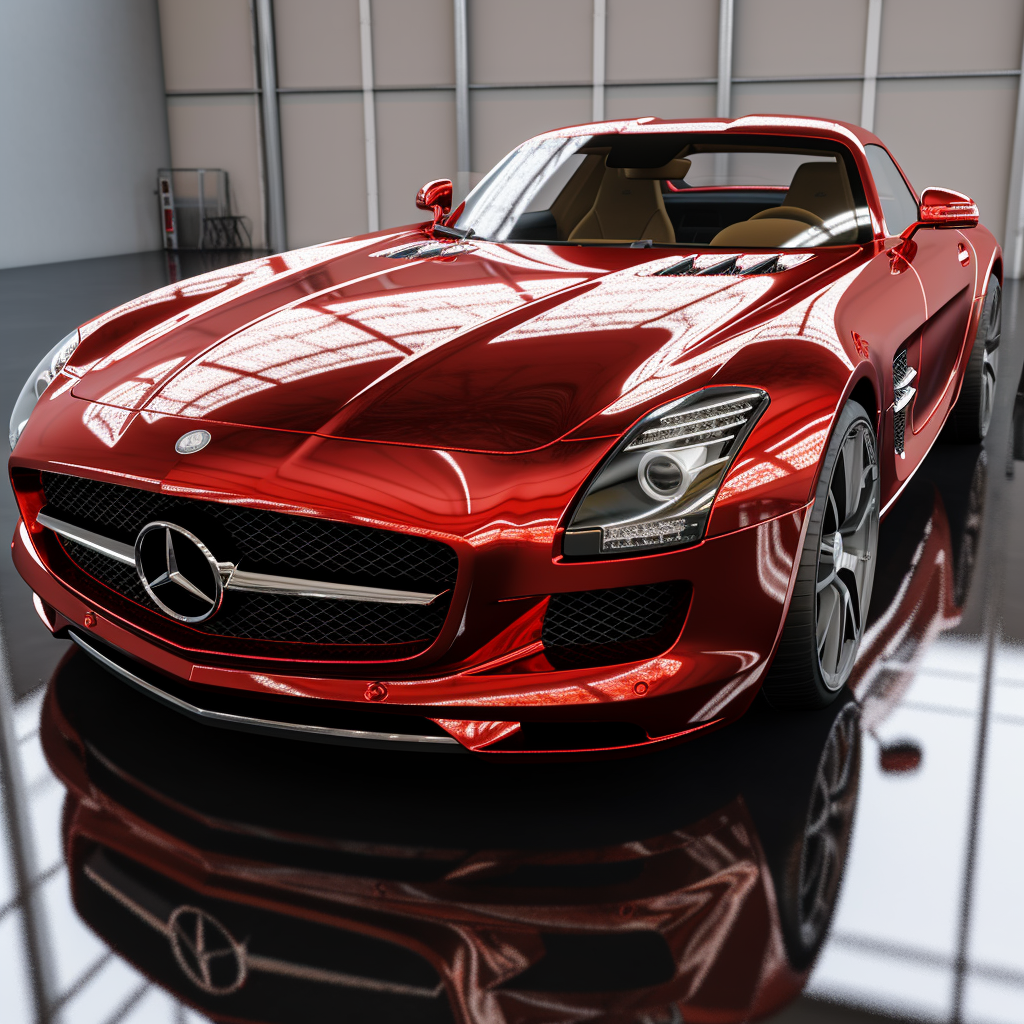June 19, 2023
Mercedes-Benz and OpenAI Collaboration- Revolutionizing the Driving Experience with ChatGPT
Book a Demo
Mercedes-Benz, a renowned name in the automotive industry, has recently announced a groundbreaking collaboration with OpenAI, a leader in artificial intelligence. This partnership aims to enhance the driving experience by integrating OpenAI’s ChatGPT into Mercedes-Benz cars. With AI-powered voice commands and innovative capabilities, this collaboration promises to revolutionize the way we interact with our vehicles. In this blog post, we will delve into the details of this exciting development and explore the potential implications for the future of automotive technology.
The integration of OpenAI’s ChatGPT into Mercedes-Benz cars marks a significant milestone in the industry. This cutting-edge AI technology allows drivers to interact with their vehicles using natural language voice commands. Whether it’s adjusting climate settings, requesting navigation assistance, or accessing entertainment features, drivers can now communicate with their cars in a more intuitive and seamless manner. The combination of ChatGPT’s language understanding capabilities and Mercedes-Benz’s commitment to innovation creates a powerful and user-friendly driving experience.
The introduction of ChatGPT into Mercedes-Benz cars has the potential to greatly enhance the overall user experience and safety on the road. By offering a more natural and conversational interface, drivers can stay focused on the road while effortlessly interacting with various features of their vehicles. The integration of AI technology also enables personalized recommendations and predictive assistance, creating a more intuitive and proactive driving environment. This collaboration between Mercedes-Benz and OpenAI aims to provide drivers with an enhanced and safer driving experience.
The collaboration between Mercedes-Benz and OpenAI showcases the power of combining automotive expertise with advanced AI capabilities. By leveraging OpenAI’s cutting-edge technology and Mercedes-Benz’s legacy in automotive innovation, the two companies are poised to redefine the driving experience. The partnership also reflects the growing trend of automakers embracing AI to create smarter, more connected vehicles that cater to the evolving needs of consumers.
In a separate collaboration, Mercedes-Benz has joined forces with Microsoft’s Azure, further strengthening its commitment to enhancing the driving experience. By leveraging Microsoft’s cloud computing platform, Mercedes-Benz aims to integrate Azure’s capabilities with OpenAI’s ChatGPT technology. This collaboration opens up new avenues for intelligent connectivity, advanced data analytics, and personalized services in Mercedes-Benz cars, setting the stage for a truly immersive and futuristic driving experience.
The integration of ChatGPT into Mercedes-Benz cars represents just the beginning of AI’s potential in the automotive industry. As AI technologies continue to advance, we can expect further developments in areas such as autonomous driving, predictive maintenance, and personalized in-car experiences. The collaboration between Mercedes-Benz, OpenAI, and Microsoft sets a precedent for future collaborations between automakers and AI leaders, driving the industry forward and shaping the future of mobility.
The collaboration between Mercedes-Benz and OpenAI, with the support of Microsoft’s Azure, marks a significant step forward in the integration of AI technology into the automotive industry. The introduction of ChatGPT into Mercedes-Benz cars enables a more intuitive, personalized, and safer driving experience. As the partnership evolves and AI technology continues to progress, we can anticipate even greater advancements in the automotive sector. This collaboration serves as a testament to the potential of AI to transform our daily lives, making driving more enjoyable, efficient, and connected than ever before.



